-
 1
1
Case Number : Case 3067 - 08 April 2022 Posted By: Dr. Richard Carr
Please read the clinical history and view the images by clicking on them before you proffer your diagnosis.
Submitted Date :
M50. Back / shoulder. ?BCC

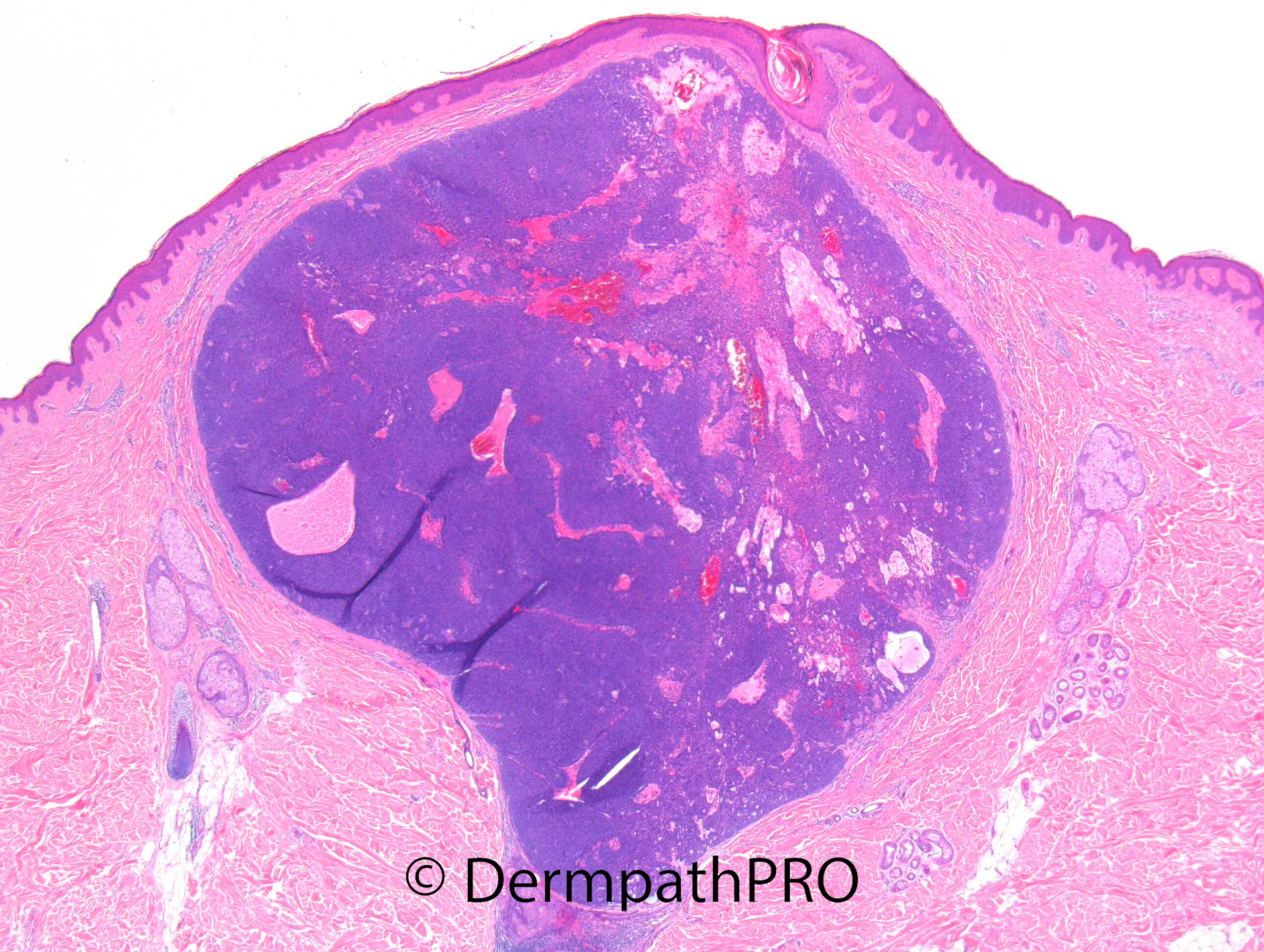
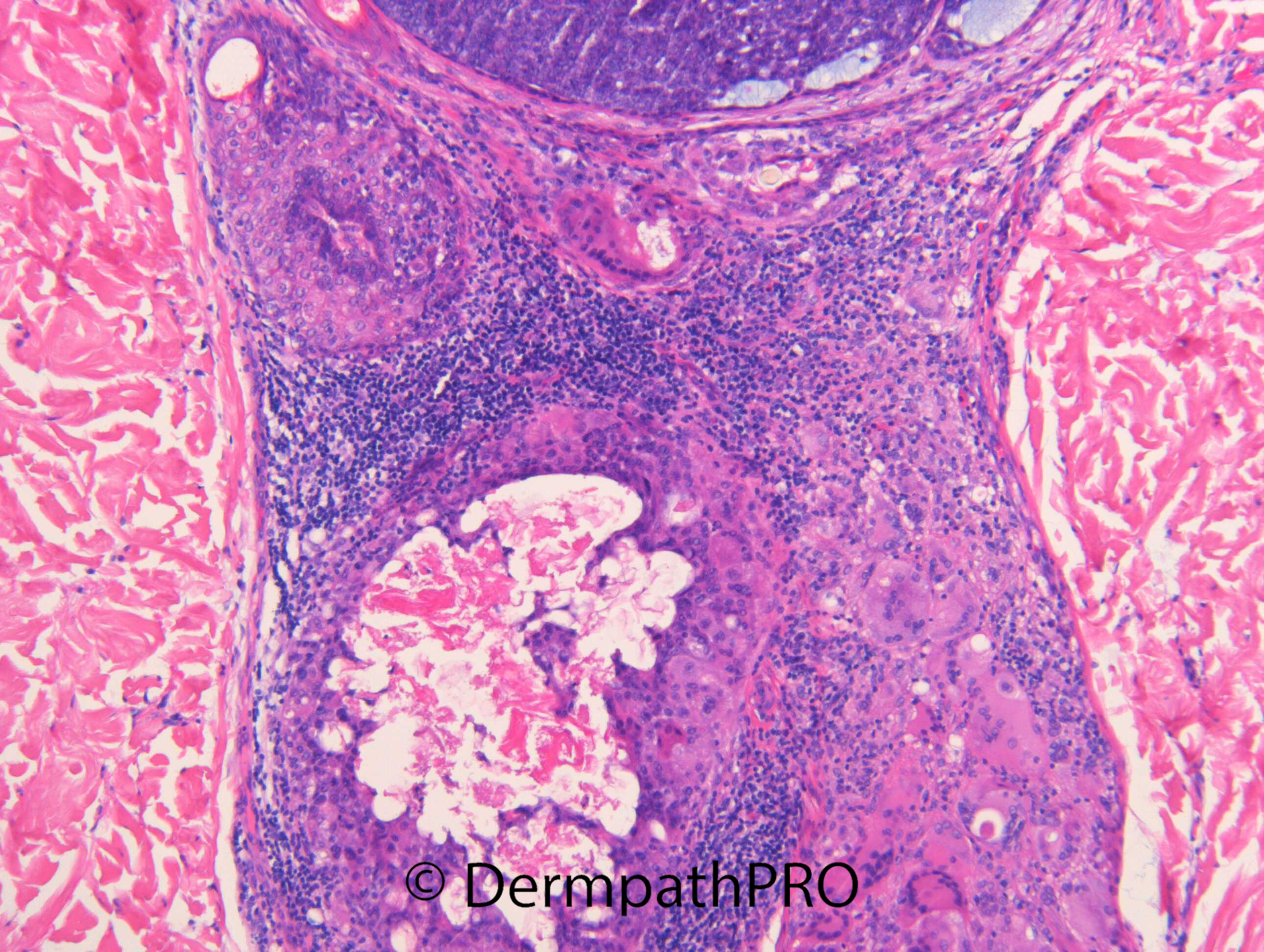
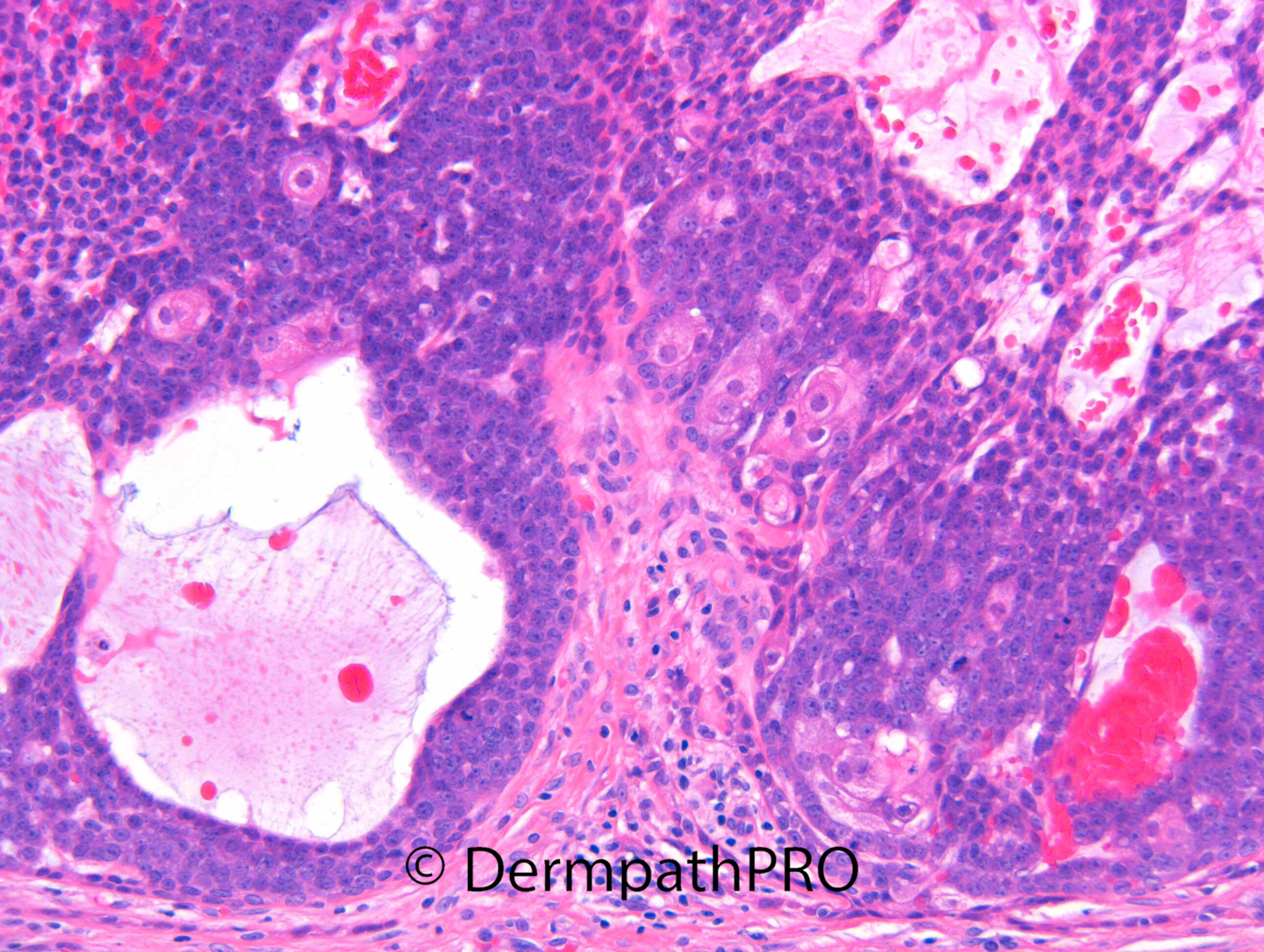
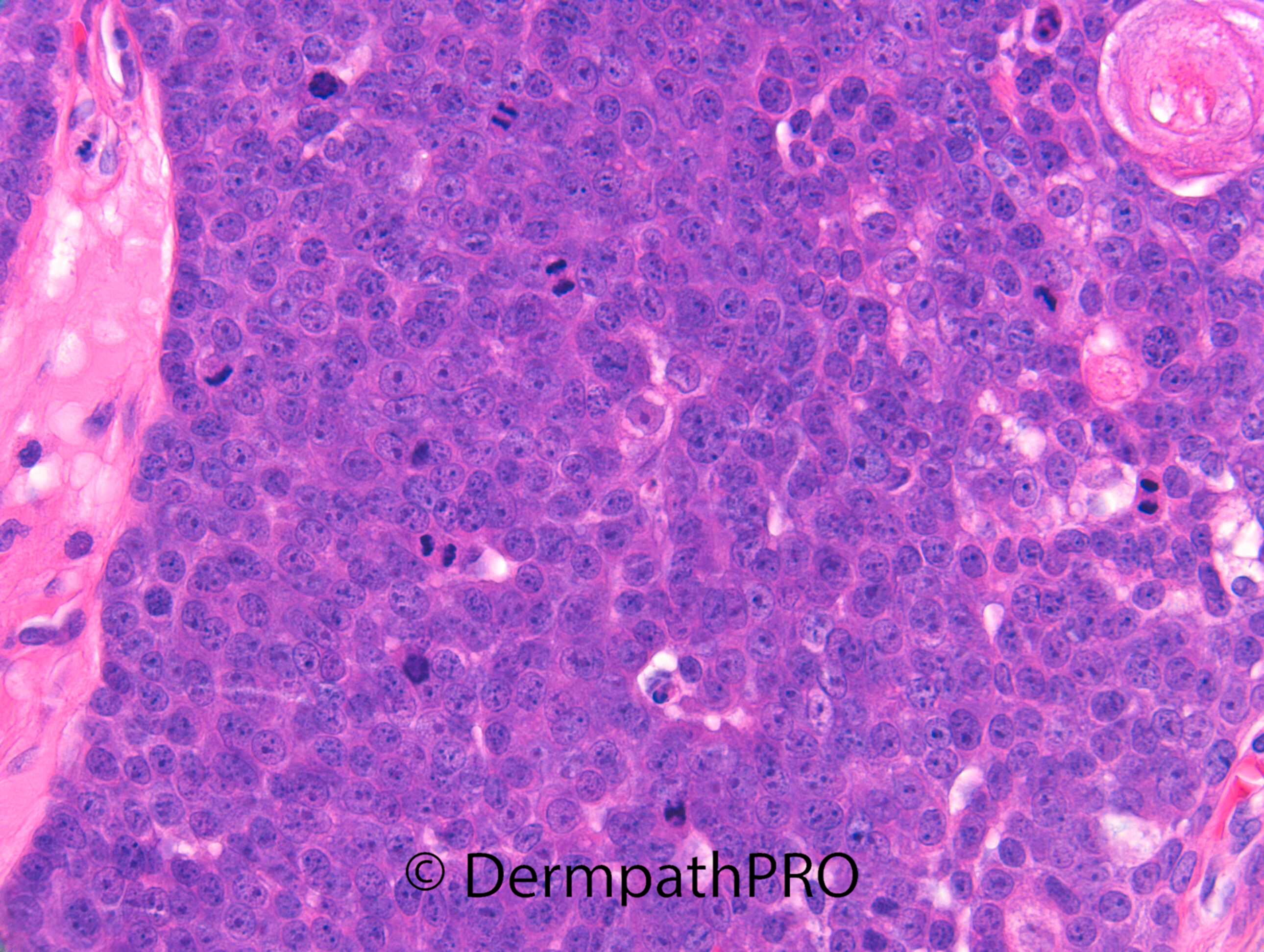
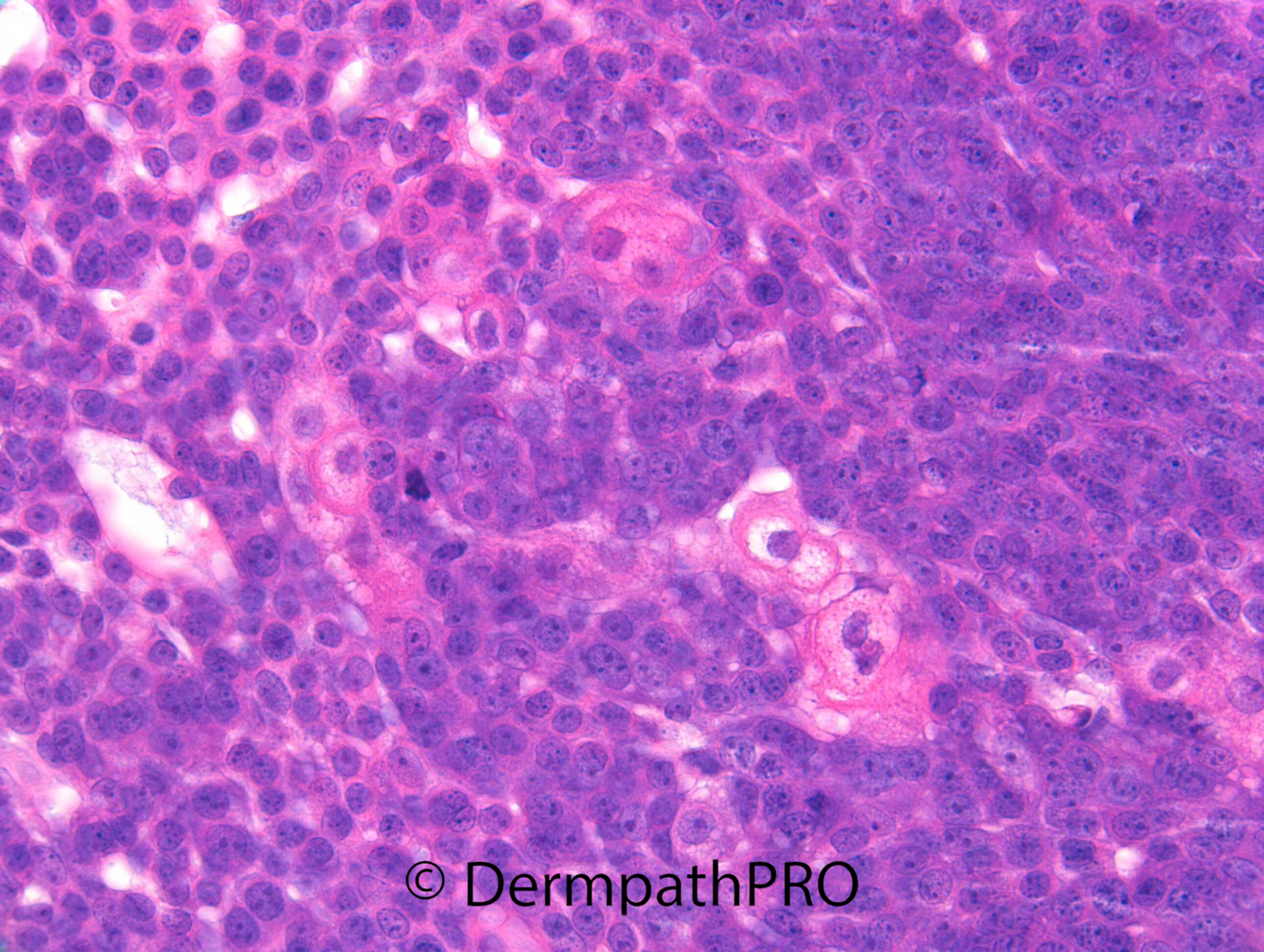
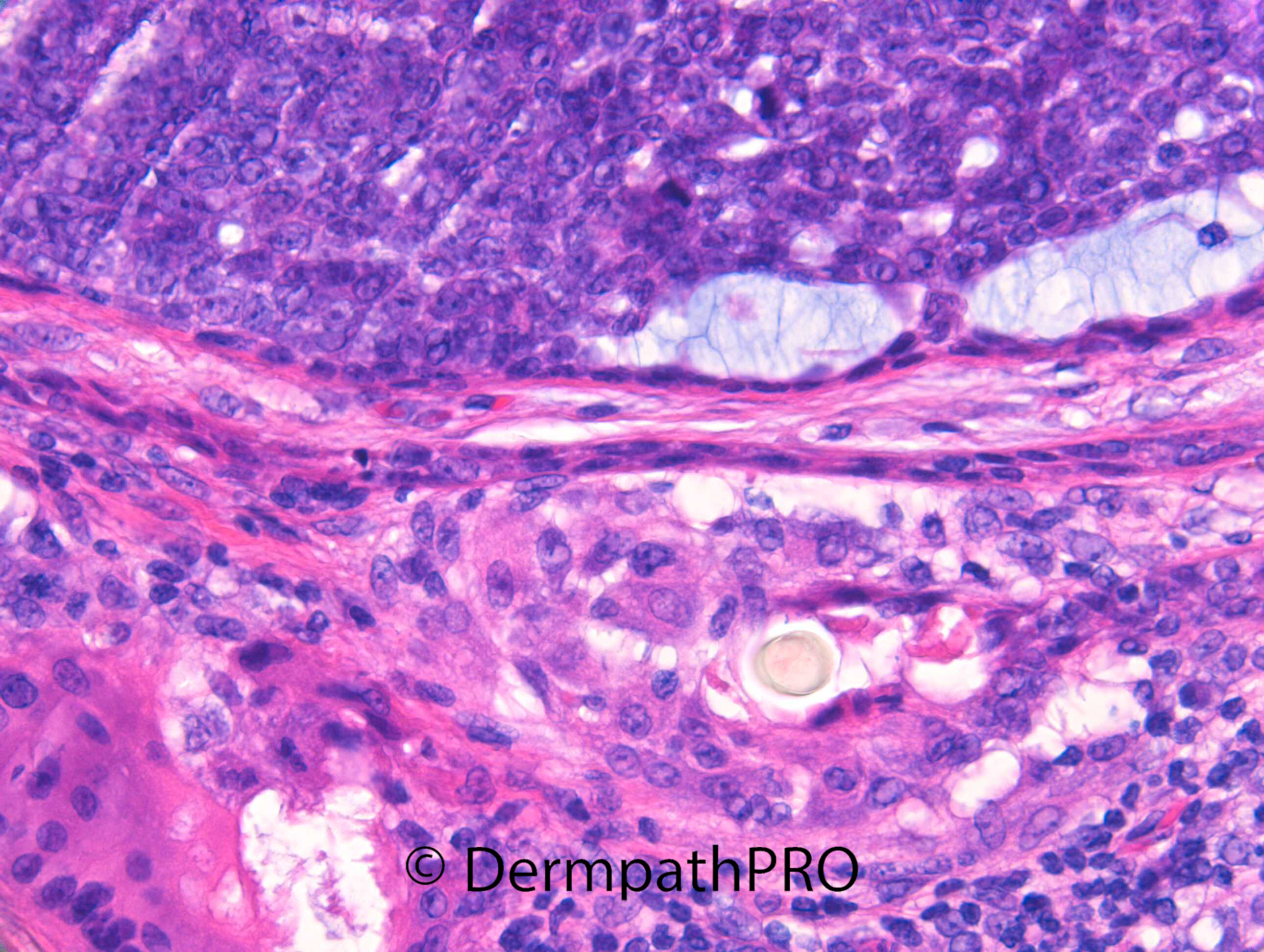
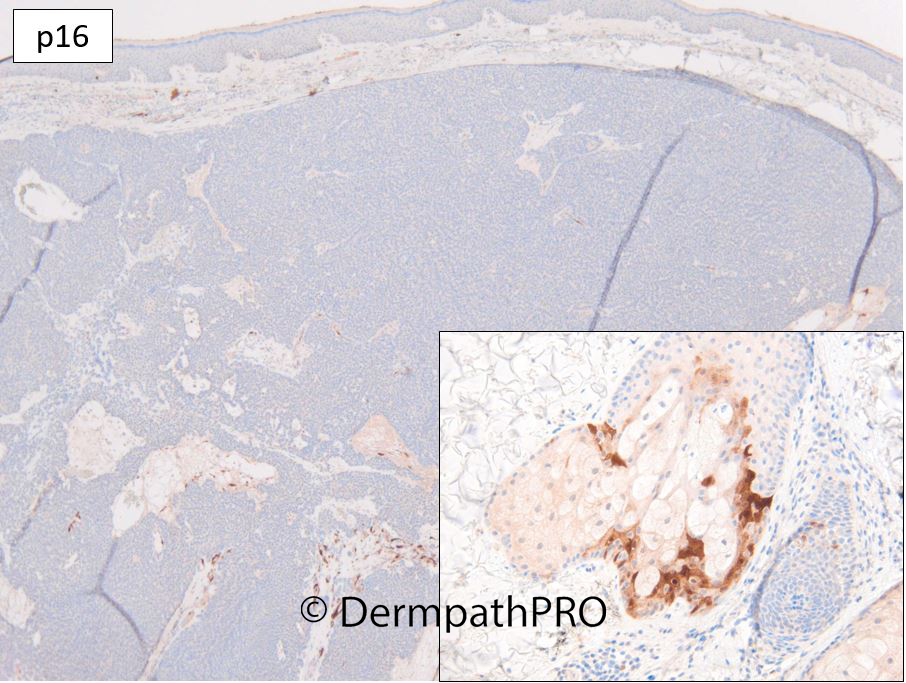
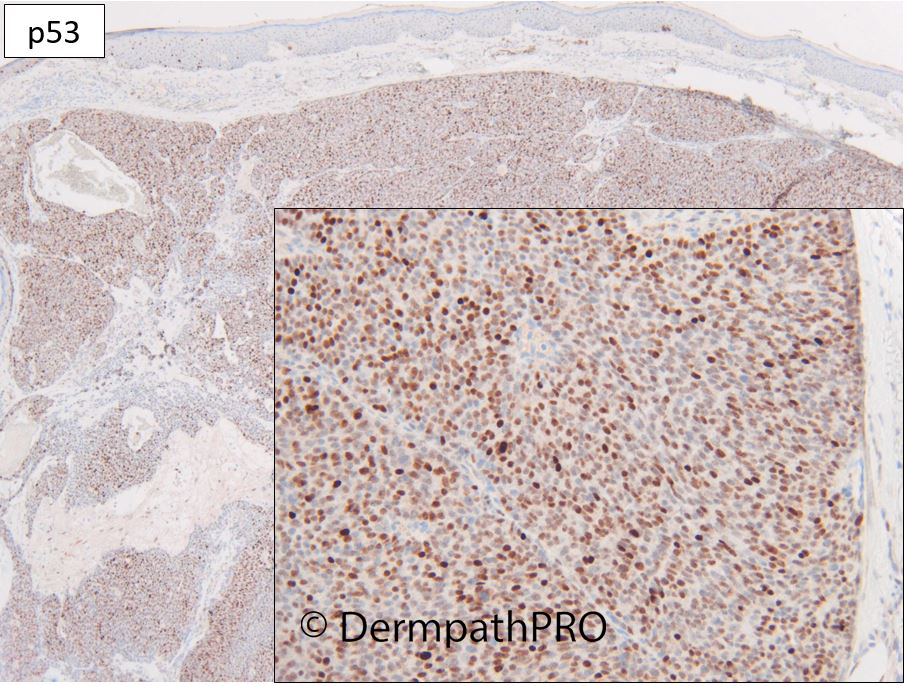
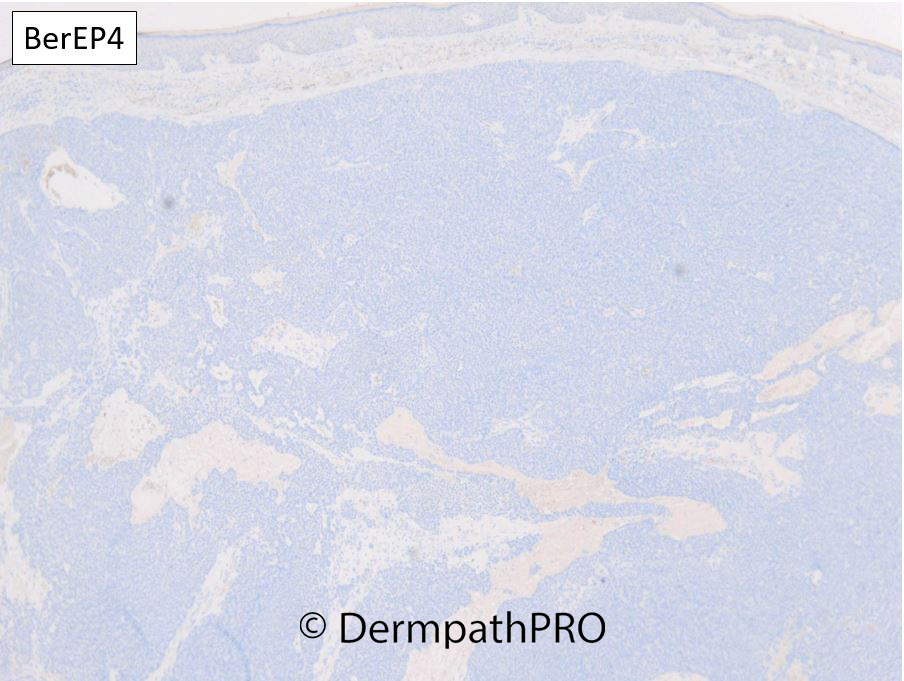
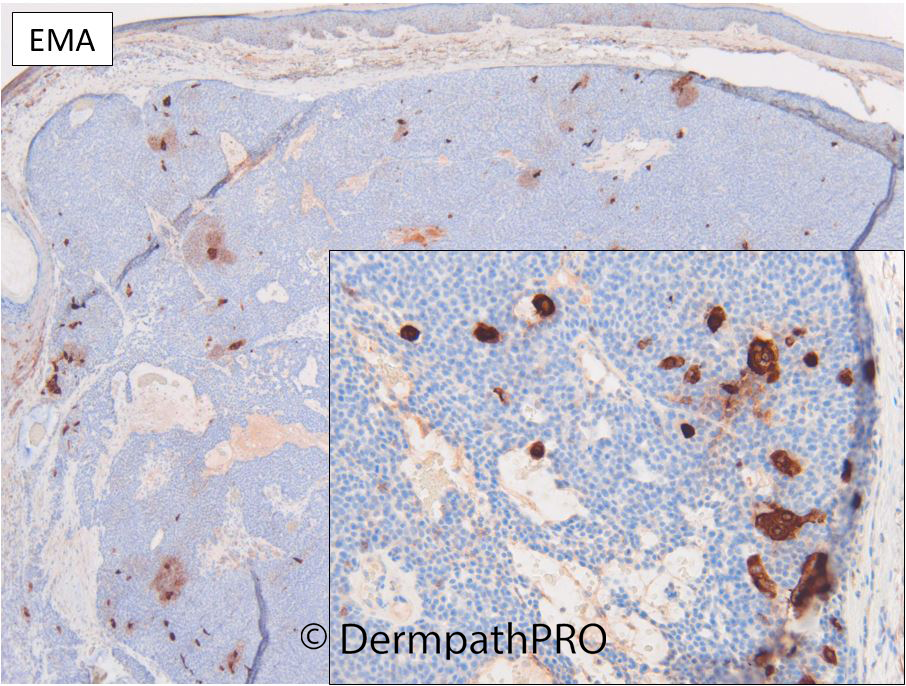
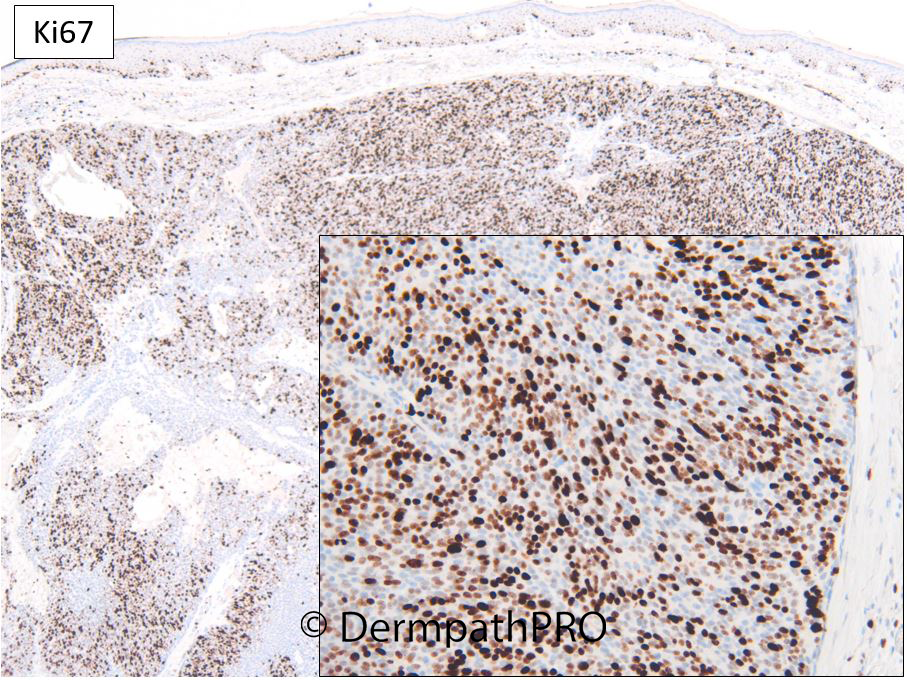
Join the conversation
You can post now and register later. If you have an account, sign in now to post with your account.